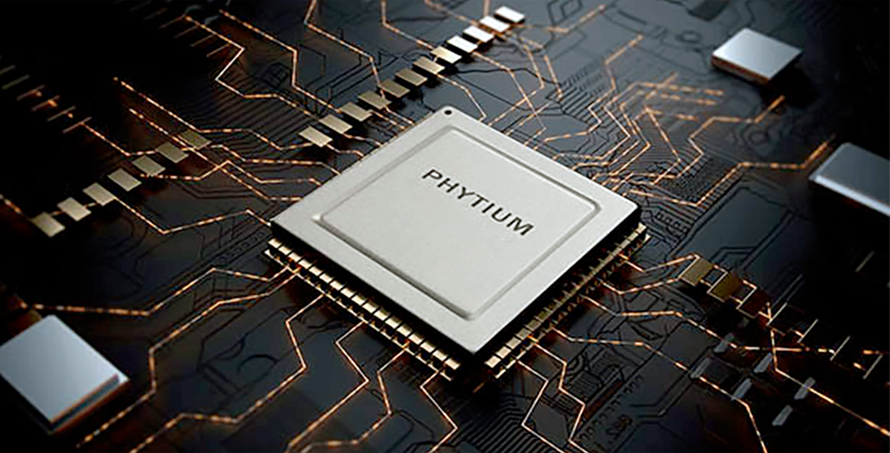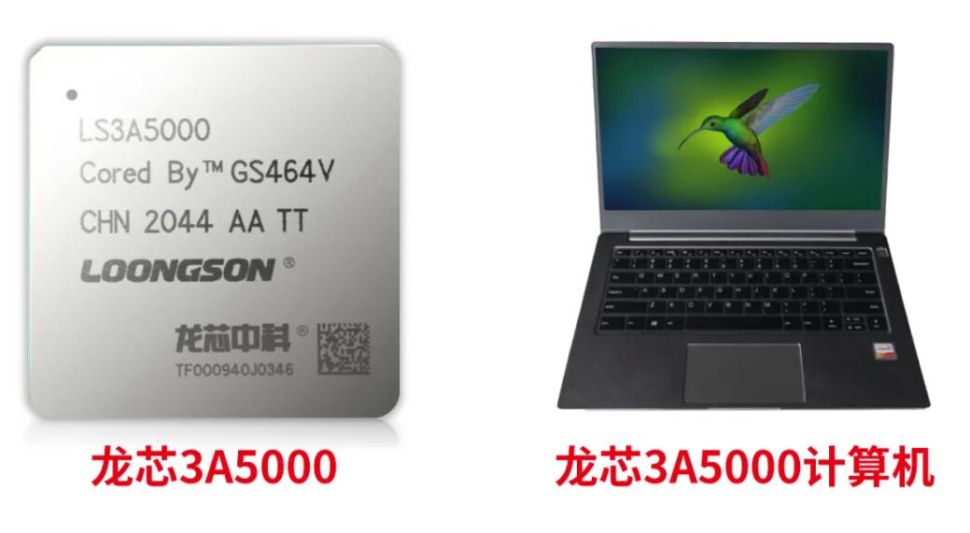
Intel SVP in China: Chinese Chipmakers Could Become Strong Rivals by 2025
Some interesting comments made by an Intel senior executive in China have come to light. According to a report from Taiwan’s DigiTimes, an Intel exec said that Chinese CPU makers could become “strong rivals” in the next three to five years. Rui Wang, SVP of Intel Corporation and chair of Intel China, made the comments to Guancha.cn, a Chinese media outlet.
“So far there has not been any local companies that are able to deal a substantial threat to Intel,” stated the Intel SVP. “But in 3-5 years, it will become clear that local companies will emerge as strong rivals,” envisioned Ms. Wang (as translated by DigiTimes). Having said this, Wang went a little distance to temper expectations that US tech giant Intel would easily be displaced, dislodged, or usurped as the CPU leader in China. “Intel won’t be polite, and will exert its power to compete fairly.”
Chinese Companies With Intel in Their Sights
Unfortunately, Intel China’s Chair wasn’t specific about the avenue from which Intel’s business in China would be assaulted. No specific Chinese CPU or IT company was highlighted, and no mention was made of any specific architecture with a chance at becoming an Intel competitor.
China has quite a wide range of CPU design outfits that could potentially surprise us in the next three to five years. We have previously and recently reported on the successes of China-made Zhaoxin CPUs. One of these LuJiaZui microarchitecture quad-core chips features in what looks like a China-only version of the Yoga Slim 7i laptop, dubbed the Lenovo Kaitian N7. The immature architecture combined with a custom China OS means that the N7 isn’t a great performer, however, and it looks like it has issues with waste heat and battery life.
We have also posted news in recent months discussing Chinese chip advances by the likes of Loongson (MIPS based), Sunway (supercomputers), and Hygon (AMD Zen 1 based, under license). China also has at least a couple of firms building processors on the Arm architecture. Huawei’s HiSilicon and Phytium Technology are the two best know Arm architecture proponents in China. Phytium has a particularly wide portfolio with products for the server, workstation, and embedded markets, as well as five new high performance CPUs penciled in for the coming months.

China has homegrown GPUs and DDR4 (currently planning DDR5 production) too, and hopes to make its semiconductor foundries, especially the state backed SMIC, more competitive in the not-too-distant future.
Some other important data with which to frame the above news includes a recent statement by Xiao Yaqing, China’s Minister of Information and Technology. Just ahead of the National Party Congress, Yaqing asserted that the domestic chip industry had grown by a third compared to a year ago.